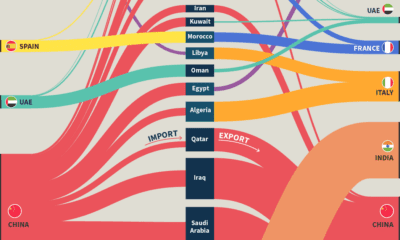Misc
A Fascinating Map of Medieval Trade Routes
Globalization is so well established in today’s world that we don’t think twice about where our bananas or socks come from.
Long before fleets of container ships criss-crossed the world’s oceans, camel caravans and single-sail cogs transported regional goods across the world.
Connecting the World
Today’s interactive map, by Martin Jan Månsson, is a comprehensive snapshot of the world’s trade networks through the 11th and 12th centuries, which helped to connect kingdoms and merchants throughout Asia, Africa, and Europe.
A confluence of interesting factors helped bring these markets together to encourage commercial activity:
Crusading’s Commercial Corollary
The First Crusade kicked off in 1096, sparking a trend that would have an undeniable economic and cultural impact on Europe and the Middle East.
European fighters arriving in the Middle East came into contact with civilizations that were, in many ways, more advanced than their own. Merchants in the area had already been been trading with places further east, and demand for “exotic” goods shot up when crusaders returned to Europe with items both plundered and purchased.
The maritime infrastructure used to deliver all those soldiers laid the groundwork for moving goods between ports along the Mediterranean. Some ports, such as Alexandria, had separate ports for Muslim and Christian ships, which helped create a more stable pipeline of trade.
The Growing Influence of Cities
The dissolution of the Byzantine Empire and the Italian Kingdom left a vacuum that allowed Italian coastal cities to claim prominent roles in regional trade. The port cities of Venice and Genoa were transporting crusading soldiers to the front lines, so becoming hubs of trade in the Mediterranean was a natural evolution. Their geographic locations were also ideal entry points for goods moving along inland European trade routes.
In the 10th century, word of Ghana’s abundant gold supply spread to Middle East and actually triggered a rush by Muslim merchants to build connections in the region. A lucrative gold export industry encouraged the growth of cities to the south of the Sahara Desert, which formed critical links between Africa and the Mediterranean trade network.
Flying Cash
While Italian cities were cementing their role in Western trade, the Song Dynasty introduced an innovation that has important implications today: paper currency.
Paper notes, known as flying cash, backed only by the government’s word, helped eliminate the need for heavy coinage and allowed trade to flourish in China. Later on, Marco Polo would famously deliver this idea back to Europe.
The Silk Road
“The Silk Road” is a catch-all term for the many overland and maritime routes linking East Asia with Europe and the Middle East. Cities and towns along busy Silk Road routes thrived, and during the 12th century, Merv (in present day Turkmenistan) was actually the largest city in the world until it was decimated in 1221 by the Mongol Empire.
Trade routes like the Silk Road made the movement of physical goods possible, but perhaps more importantly, they facilitated cross-cultural exchange of ideas, religion, technology, and more.
Misc
The Evolution of U.S. Beer Logos
In this graphic, we analyze the evolution of popular U.S. beer logos like Budweiser, Coors Light, Bud Light, and more.
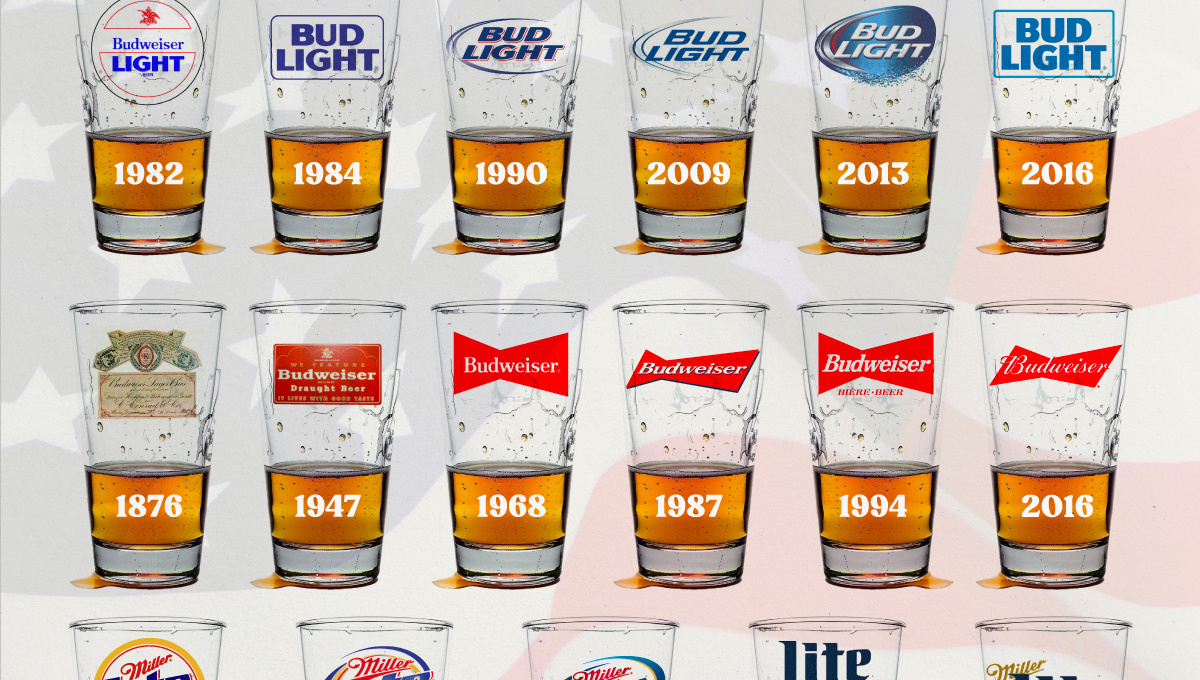
The Evolution of U.S. Beer Logos
This was originally posted on our Voronoi app. Download the app for free on iOS or Android and discover incredible data-driven charts from a variety of trusted sources.
Despite selling a popular product, beer companies have to be creative to stand out in a competitive market.
In this graphic, we analyze the evolution of some U.S. beer logos based on various sources. We chose brands based on a mixture of criteria, including popularity (based on YouGov surveys), availability of logo assets, and those with interesting developments.
Bud Light Back to the ’80s
Despite recent backlash and calls for a boycott after sending a commemorative can to transgender influencer Dylan Mulvaney, Bud Light remains one of America’s best-selling beers.
The brand of light beer, owned by the Anheuser-Busch company, has switched from its more circular logo with italic letters adopted in the 1990s back to the Bud Light badge of the 1980s. It is composed of heavy uppercase lettering, written in two levels in a shade of blue with the inscription placed on a solid white background and enclosed in a thin rectangular frame.
Miller Lite Goes Old School
After following a similar approach to Bud Light’s branding throughout the 2000s, Miller Lite decided to undergo a major rebranding in 2014.
The company returned to its 1970s roots, once again combining a white can with its original blue, gold, and red logo. The redesign was largely considered a success, given that Miller Lite sales immediately increased following the change.
A Symbol of American Brewing
The oldest brand on our U.S. beer list, the Budweiser logo, has undergone more than 15 changes over the years.
The design of two connected triangles represents a red bow tie, as a symbol of American brewing.
The colors of the Budweiser logo include a vibrant red, which helps the logo stand out and be easily recognizable from a distance. Studies also suggest that the color red stimulates appetite. Meanwhile, the white inscription symbolizes purity and cleanliness.
Curious to learn more about the beer market? Check out this graphic about global beer consumption.
-
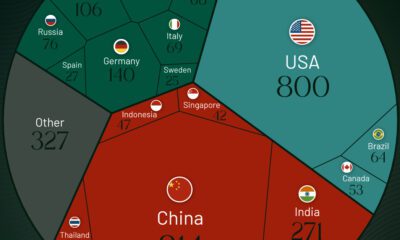
 Money6 days ago
Money6 days agoCharted: Which Country Has the Most Billionaires in 2024?
-
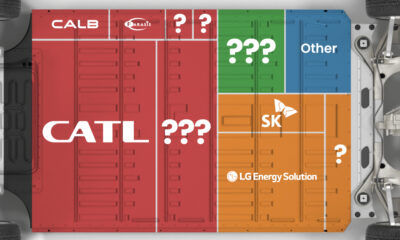
 Energy2 weeks ago
Energy2 weeks agoRanked: The Top 10 EV Battery Manufacturers in 2023
-
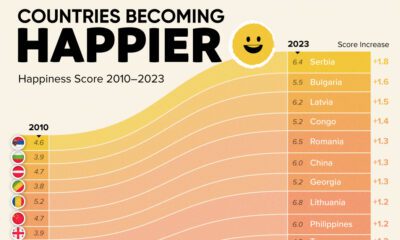
 Countries2 weeks ago
Countries2 weeks agoCountries With the Largest Happiness Gains Since 2010
-

 Economy2 weeks ago
Economy2 weeks agoVC+: Get Our Key Takeaways From the IMF’s World Economic Outlook
-
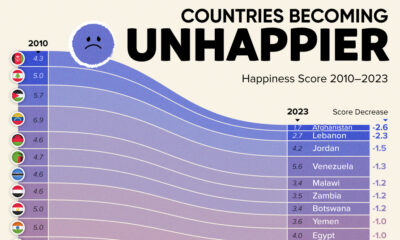
 Demographics2 weeks ago
Demographics2 weeks agoThe Countries That Have Become Sadder Since 2010
-

 Money2 weeks ago
Money2 weeks agoCharted: Who Has Savings in This Economy?
-

 Technology1 week ago
Technology1 week agoVisualizing AI Patents by Country
-

 Economy1 week ago
Economy1 week agoEconomic Growth Forecasts for G7 and BRICS Countries in 2024










